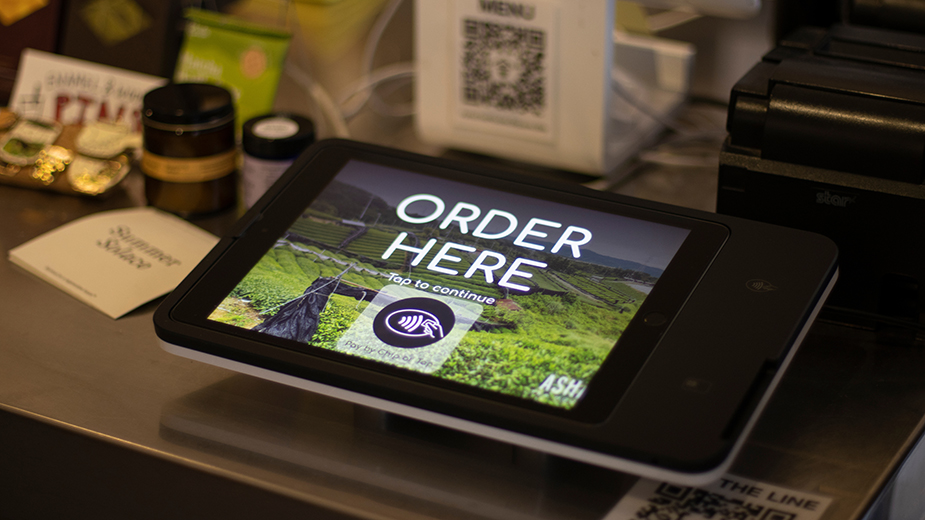YOUNGSTOWN, Ohio – The use of technology in restaurants is accelerating, creating new touchpoints between restaurants and the consumers they serve, finds the National Restaurant Association’s Restaurant Technology Landscape Report 2024.
The report identifies the varying expectations that consumers have regarding technology, depending on whether they are dining at a full-service restaurant or ordering delivery to their homes, as well as generational differences in preferences.
“Restaurant operators have tremendous entrepreneurial spirit. And they are constantly innovating – sometimes through new dishes or flavors, and sometimes through new business practices,” says Michelle Korsmo, president and CEO of the National Restaurant Association. “More than three of four operators say technology gives them a competitive edge. And this research will also help operators find the right technology fit for their restaurant and their customers.”
Key highlights include:
- Expect to see more technology in the coming year – 55% of operators are planning investments to improve their service areas while 60% are looking for technology that will enhance the customer experience.
- 16% of operators plan to invest in artificial intelligence integration (including voice recognition) in 2024.
- 82% of Gen Z adults are comfortable placing an order at a limited service restaurant with a smart phone app.
- 65% of all adult consumers would be comfortable paying their check at a full-service restaurant with a computer tablet at the table.
Restaurant operators are getting creative in how they expand technology offerings, paying close attention to consumer preferences, but generational differences persist.
When asked how likely they’d be to interact with a tablet at the table, a solid majority of Gen Z adults, millennials and Gen Xers say they’d use these options but fewer than half of baby boomers said they would.
Compared with full-service and limited-service options, the use of technology in the delivery segment is already baked into consumers’ expectation. They expect to be able to access, order, customize and pay for delivery orders through their computers or smartphones and if they can’t, they’ll order from somewhere else.
